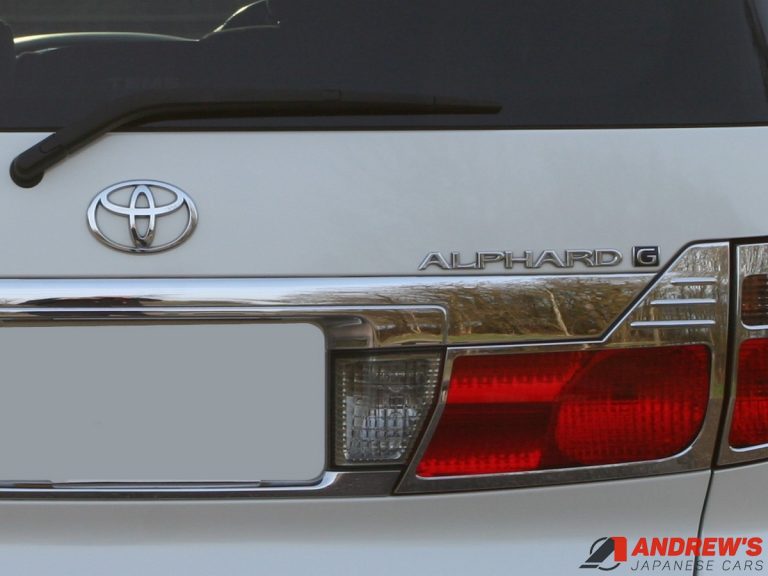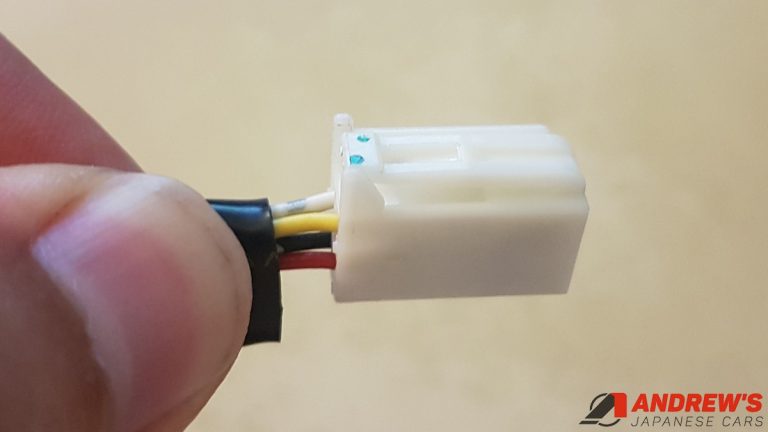Questions about E10 fuel and Japanese import vehicles have been coming up a lot recently, so I thought I’d write about it.
This is a general article about E10 fuel. I’ll also be writing a series of manufacturer-specific articles. Scroll down for the links to those.
What is E10 fuel?
I’ll start this by explaining the E and the 10. The ‘E’ means ethanol and the ’10’ means 10 %.
Putting that together, E10 fuel is petrol that contains 10 % ethanol. At the moment, most petrol already contains 5 % ethanol.
The change over to E10 fuel is scheduled to start in September 2021.

Advantages of E10 fuel?
The ethanol used in E10 fuel is produced by the actions of yeasts on mashed up sugar beet and grains. As such it has substantial potential to reduce fossil fuel consumption.
There are various claims that ethanol burns more cleanly than petrol and that it reduces CO2 emissions. I haven’t managed to find trustworthy sources to back up the ‘burns cleaner than petrol’ claim although thinking about the chemistry involved, it does make sense.
The ‘reduced CO2 emissions’ are likely due to the CO2 absorbed from the atmosphere by the plants grown and harvested to produce the ethanol.
Is the doubling of ethanol in fuel from 5 % to 10 % a meaningful or worthwhile pursuit in our work to address climate change? Everyone will have their own view on that. My view is that we’d be better off focusing on reducing our use of fossil fuels in transportation overall, whilst also increasing the use of green electricity or green hydrogen (Toyota Mirai anyone?) for transportation. I specified ‘green’ in that last sentence because both electricity and hydrogen can be produced from fossil fuels, which isn’t such a good idea.
Risks and disadvantages of using E10 fuel
E10 is coming whether we like it or not, so are there any disadvantages?
Reduced fuel economy
Running your vehicle on E10 does cause a slight reduction in fuel economy, because ethanol has less energy content than petrol. However we aren’t talking about moving from 100 % petrol to 100 % ethanol, so this is likely to be a small change. I’ve seen it quoted at around 1 % so it is unlikely to be of any great consequence, although that figure is likely to vary from vehicle to vehicle.
Engine and fuel system damage
A large study in the 1980s established that ethanol in fuel doesn’t cause more engine wear.
However, ethanol is corrosive and can dry out rubber fuel system components. The corrosiveness is likely to affect certain brass and aluminium fuel system components in particular. Some aluminium components on early ‘direct injection’ engines (e.g. in high pressure fuel pumps) can be damaged by the ethanol in fuel, causing premature failure.
Phase separation and corrosion
The other issue is that ethanol can absorb moisture from the atmosphere, which can in turn encourage phase separation of the fuel, meaning an ethanol and water layer at the bottom and a petrol layer on top. This can be a great recipe for corroding metal fuel tanks and anywhere else where fuel sits for a while (e.g. carburettor float chambers). However, as with many other things, the significance of this remains to be seen. I’ve read articles stating this can happen in 4 to 6 weeks, and others saying the fuel will have gone off long before the ethanol has taken on enough water to cause phase separation. I guess a lot depends on the humidity, temperature and design of the fuel system (tank and ventilation in particular).
This may be relevant to you if your Japanese import vehicle is a camper or cherished vehicle that doesn’t see much use over the winter. It may be worth considering a fuel stabiliser or other options to reduce the chance of this happening.
Can I use E10 fuel in my Japanese import vehicle?
In the vast majority of cases, the answer is yes. But that isn’t a very detailed answer is it? With that in mind I’ve written a series of manufacturer- and engine-specific articles to give you a more thorough answer. Here they are:
Can my Japanese import Toyota run on E10 fuel?
What about the Government E10 compatibility checker?
Unfortunately the UK Government E10 compatibility checker doesn’t help us when it comes to E10 fuel and Japanese import vehicles. It only covers UK and EU models: it has not been set up to include vehicles imported from Japan.
How to avoid E10 fuel
In some cases, using super unleaded fuel will enable you to continue filling up with an E5 blend instead of E10. However I don’t think this is always going to be the case at every filling station. I think there will be some cases where the super unleaded is also E10, so check carefully before you fill up if this is important to you.



